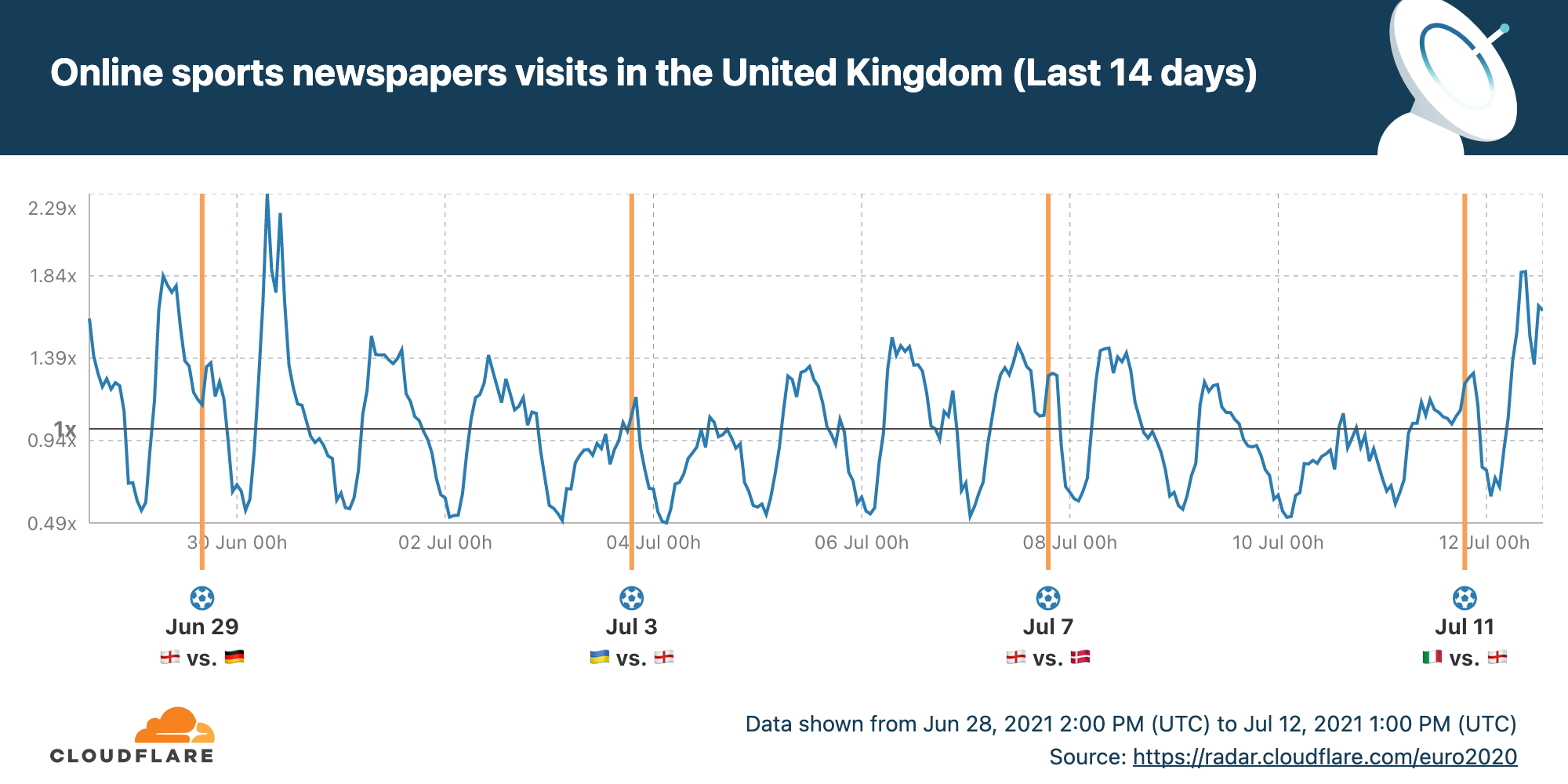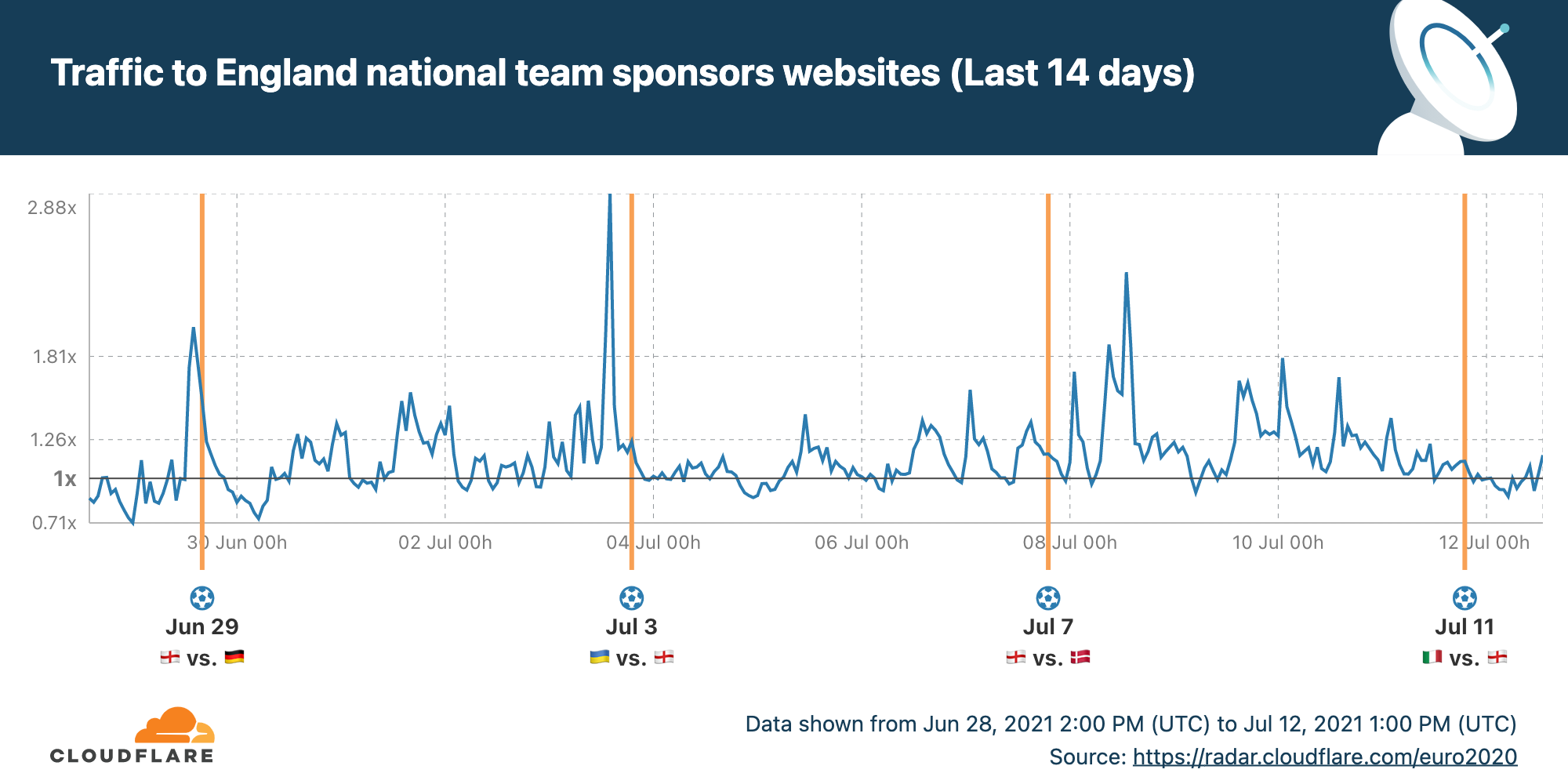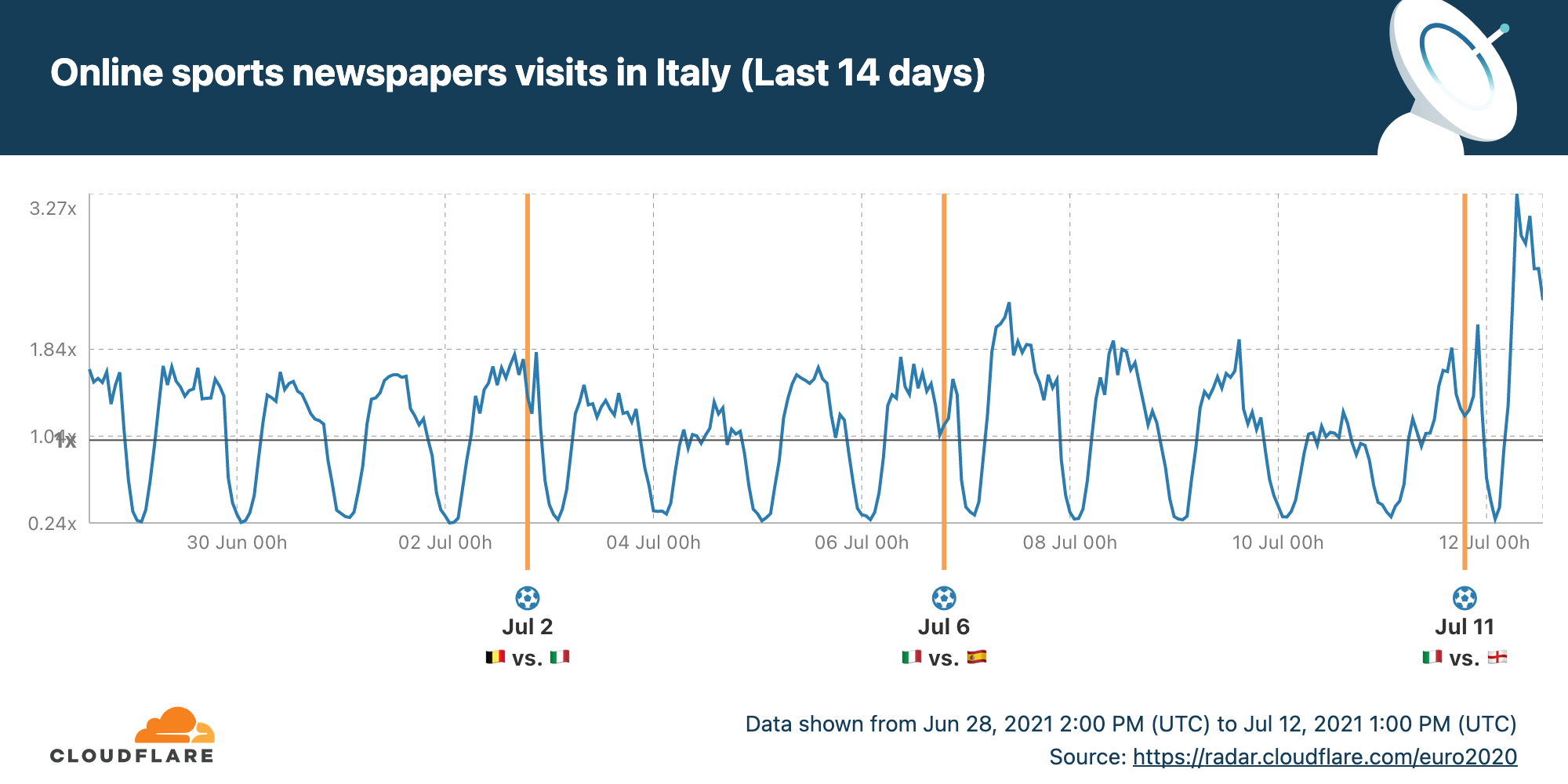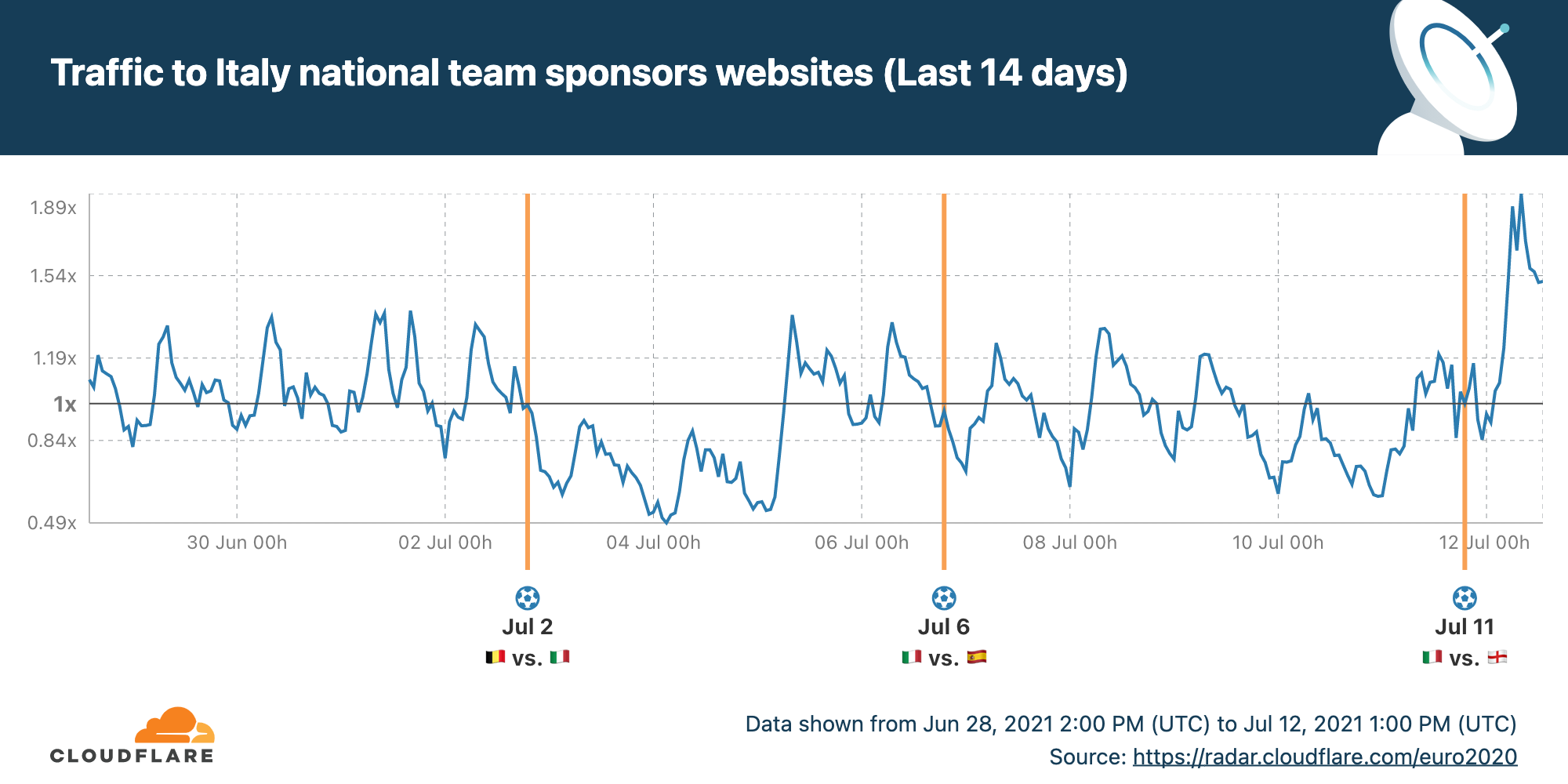NATs, PATs, and Network Hygiene
While reading a research paper on address spoofing from 2019, I ran into this on NAT (really PAT) failures—
The authors state 49% of the NATs they discovered in their investigation of spoofed addresses fail in one of these two ways. From what I remember way back when the first NAT/PAT device (the PIX) was deployed in the real world (I worked in TAC at the time), there was a lot of discussion about what a firewall should do with packets sourced from addresses not indicated anywhere.
If I have an access list including 192.168.1.0/24, and I get a packet sourced from 192.168.2.24, Continue reading
Heavy Networking 588: Exploring The Hidden Realms Of Subsea Cables With Telstra (Sponsored)
Subsea communications cables are an essential part of the global Internet. On today's Heavy Networking, sponsored by Telstra, we dive into the realms of undersea cables to learn how they are laid, signalling methods, POPs and landing stations, how they can be damaged (and repaired), and more. Our Telstra guests are Andy Lumsden, Head of Network Engineering and Operations; and Jeff McHardy, General Manager, Network Development and Commercial Management.Heavy Networking 588: Exploring The Hidden Realms Of Subsea Cables With Telstra (Sponsored)
Subsea communications cables are an essential part of the global Internet. On today's Heavy Networking, sponsored by Telstra, we dive into the realms of undersea cables to learn how they are laid, signalling methods, POPs and landing stations, how they can be damaged (and repaired), and more. Our Telstra guests are Andy Lumsden, Head of Network Engineering and Operations; and Jeff McHardy, General Manager, Network Development and Commercial Management.
The post Heavy Networking 588: Exploring The Hidden Realms Of Subsea Cables With Telstra (Sponsored) appeared first on Packet Pushers.
The Data Driven Enterprise
The rise of cloud migration for enterprises with mission critical applications is redefining the data center. The reality for any enterprise: a systematic approach balancing workloads in the cloud and premises while securing data. Data and applications must be managed as critical assets in the 21st century.
The Data Driven Enterprise
The rise of cloud migration for enterprises with mission critical applications is redefining the data center. The reality for any enterprise: a systematic approach balancing workloads in the cloud and premises while securing data. Data and applications must be managed as critical assets in the 21st century.
Tech Bytes: An IT Punch List For Reopening The Office (Sponsored)
If IT thinks it can take the office network out of mothballs and expect everything to be fine when employees show up, think again. On today's Tech Bytes podcast, sponsored by Netskope, guest Hansang Bae shares a punch list of tasks IT should complete before end users get back to the office.Tech Bytes: An IT Punch List For Reopening The Office (Sponsored)
If IT thinks it can take the office network out of mothballs and expect everything to be fine when employees show up, think again. On today's Tech Bytes podcast, sponsored by Netskope, guest Hansang Bae shares a punch list of tasks IT should complete before end users get back to the office.
The post Tech Bytes: An IT Punch List For Reopening The Office (Sponsored) appeared first on Packet Pushers.
Demo: Cloud Networking with Overlapping CIDR, L7 Firewalls, Segmentation, and Flow visibility
I created a live demo showing some cool capabilities of the Aviatrix Cloud Networking Platform. In this demo I play the role of a SaaS provider that onboards new customers via VPN, and needs to meet the following requirements:
-
Easily onboard new customers even if their IP addressing overlaps with the SaaS provider.
-
Provide secure segmentation and isolation between customers.
-
Easily insert next gen firewalls between the customers and the SaaS for deep packet inspection and threat analysis.
-
Have complete flow level visibility of customer network traffic, and operation tools to diagnose and troubleshoot problems.
-
Provide end-to-end encryption to secure sensitive data in flight.
-
And be able to meet all of these requirements using any cloud provider.
In the demo I show how easy it is to meet requirements like this using Aviatrix. And best of all, no matter which cloud provider(s) you’re using, the solution and architecture is exactly the same. This SaaS provider can use the services and global footprint of any or all cloud providers, and do it with consistent repeatable architecture.
You can leave comments on this post here: where I posted this on LinkedIN.
Is there a particular scenario you want to see in a Continue reading
The UEFA EURO 2020 final as seen online by Cloudflare Radar


Last night’s Italy-England match was a nail-biter. 1-1 at full time, 1-1 at the end of extra time, and then an amazing penalty shootout with incredible goalkeeping by Pickford and Donnarumma.
Cloudflare has been publishing statistics about all the teams involved in EURO 2020 and traffic to betting websites, sports newspapers, streaming services and sponsors. Here’s a quick look at some specific highlights from England’s and Italy’s EURO 2020.
Two interesting peaks show up in UK visits to sports newspapers: the day after England-Germany and today after England’s defeat. Looks like fans are hungry for analysis and news beyond the goals. You can see all the data on the dedicated England EURO 2020 page on Cloudflare Radar.

But it was a quiet morning for the websites of the England team’s sponsors.

Turning to the winners, we can see that Italian readers are even more interested in knowing more about their team’s success.

And this enthusiasm spills over into visits to the Italian team’s sponsors.

You can follow along on the dedicated Cloudflare Radar page for Italy in EURO 2020.
Visit Cloudflare Radar for information on global Internet trends, trending domains, attacks and usage statistics.
Designing Networks: From Tricycles to Aircraft Carriers
I planned to take my summer break seriously and stop blogging until late August, but then I shouldn’t have looked at my Twitter feed (my bad), where the AI algorithms selected just the right morsel to trigger the maximum rantiness. I would strongly recommend you read the original tweet and all the responses first – it looks like it was a serious suggestion, not a trolling exercise (here’s a copy of the original idea in case the tweets get lost in the mists of time).
Designing Networks: From Tricycles to Aircraft Carriers
I planned to take my summer break seriously and stop blogging until late August, but then I shouldn’t have looked at my Twitter feed (my bad), where the AI algorithms selected just the right morsel to trigger the maximum rantiness. I would strongly recommend you read the original tweet and all the responses first – it looks like it was a serious suggestion, not a trolling exercise.
Network Break 341: Ransomware Clobbers Kaseya Customers; HPE Buys Zerto For Cloud Data Protection
This week Network Break examines the fallout of the Kaseya breach, HPE's acquisitions of Zerto and Ampool to extend the value of its Greenlake platform, and Fortinet's purchase of a secure software development tool. We also discuss FTC accusations against Broadcom and what a court ruling could mean for Netflix and other content providers in South Korea.Network Break 341: Ransomware Clobbers Kaseya Customers; HPE Buys Zerto For Cloud Data Protection
This week Network Break examines the fallout of the Kaseya breach, HPE's acquisitions of Zerto and Ampool to extend the value of its Greenlake platform, and Fortinet's purchase of a secure software development tool. We also discuss FTC accusations against Broadcom and what a court ruling could mean for Netflix and other content providers in South Korea.
The post Network Break 341: Ransomware Clobbers Kaseya Customers; HPE Buys Zerto For Cloud Data Protection appeared first on Packet Pushers.
The Week in Internet News: Trump Sues Social Media Giants

A big-league lawsuit: Former U.S. President Donald Trump has filed a lawsuit against Facebook, Twitter, and YouTube for being kicked off the social media outlets for violating their terms of service, the Washington Post reports. Most legal experts say the lawsuit has little chance of success; the U.S. First Amendment protects people like Trump against […]
The post The Week in Internet News: Trump Sues Social Media Giants appeared first on Internet Society.

